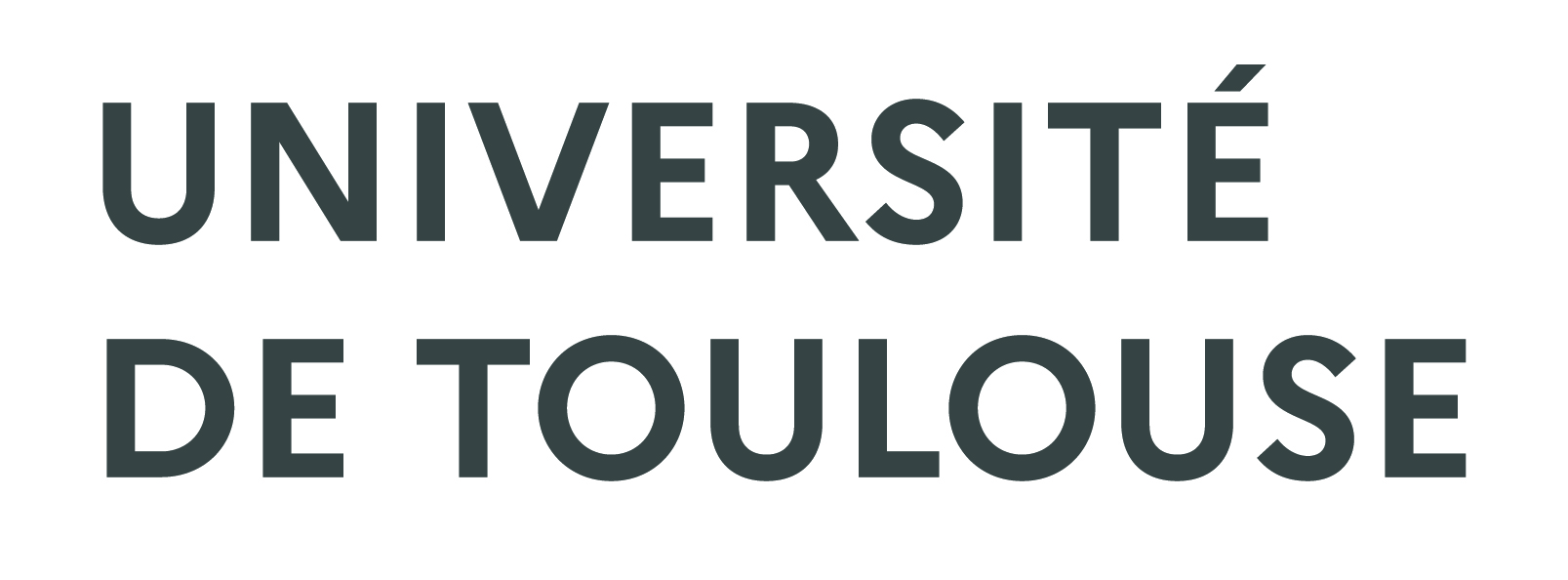Chemiluminescence- and machine learning-based monitoring of premixed ammonia-methane-air flames
Résumé
This work presents the development and validation of an algorithm capable of predicting the equivalence ratio and the ammonia fraction of premixed ammonia-methane-air flames using only measured OH*, NH*, CN*, and CH* chemiluminescence intensities as input. This machine learning algorithm relies on Gaussian process regression (GPR). It was trained and validated with data previously recorded in laminar flames, and it was then tested with new data recorded in more practical, turbulent swirl flames. The algorithm performs well for laminar and turbulent flames for wide ranges of equivalence ratio (0.80 ≤ ϕ ≤ 1.20) and ammonia fraction (0 ≤ XNH3 ≤ 0.60). For turbulent swirl flames, the prediction errors in the equivalence ratio and on the ammonia fraction are smaller than 0.05, except for a very small subset of operating conditions where the error is up to 0.10. Additional tests were performed by adding NO* and CO2* to the list of inputs, but this did not improve the predictions. The GPR algorithm was then benchmarked against linear and polynomial regressions and a more conventional way of inferring flame properties from chemiluminescence measurements, namely the ratio-based method. This method relies only on CN*/NO* and NH*/CH* ratios to predict the equivalence ratio and the ammonia fraction. Its prediction errors were often larger than 0.15, which is significantly worse than that of the GPR algorithm. Consequently, this work constitutes a solid basis for the future development of non-intrusive sensors to monitor practical ammonia-methane-air flames.
| Origine | Fichiers produits par l'(les) auteur(s) |
|---|---|
| Licence |





